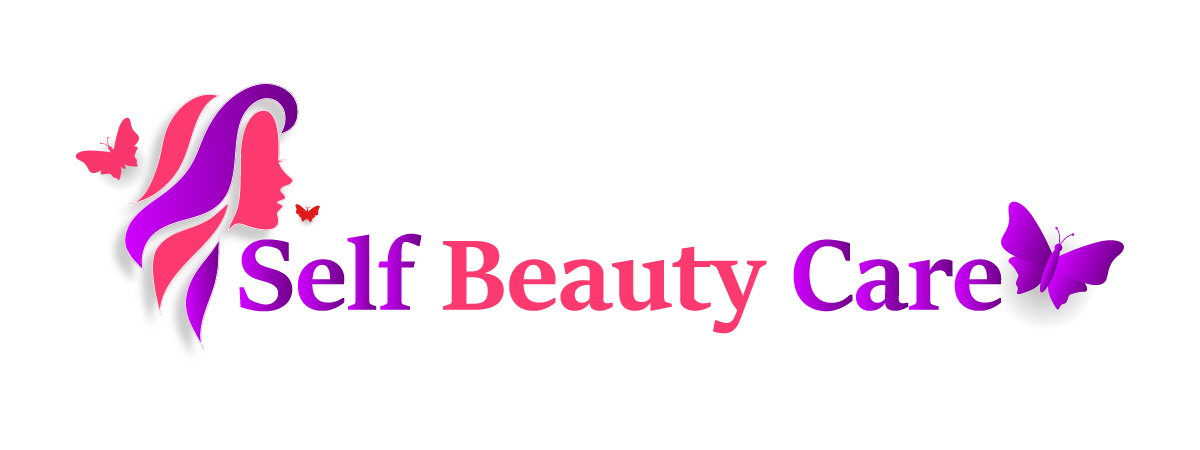Medical transcription has been a crucial part of the healthcare industry for decades. Traditionally, it involved a meticulous process where healthcare professionals dictated patient information, and a medical transcriptionist transcribed these dictated notes into written form. This process was not only time-consuming but also prone to errors. However, with the advent of technology, a significant shift has occurred – from traditional to digital medical transcription. This transformation has not only revolutionized the procedure but also improved the accuracy and efficiency of medical transcription services.
Traditional Medical Transcription: The Initial Phase
In the traditional setup, medical transcription was performed manually. It involved healthcare professionals dictating their notes, observations, and medical findings into a recording device. A medical transcriptionist then listened to these recordings and converted them into written documents. These transcriptions were crucial for maintaining patient records, preparing medical reports, and providing references for future treatments.
However, the traditional process was fraught with challenges. It was time-consuming, labor-intensive, and prone to human errors that could significantly impact patient treatment and outcomes. The turnaround time for transcriptions was also substantial, leading to delay in patient care and treatment planning.
Digital Medical Transcription: The Game Changer
The evolution from traditional to digital medical transcription has been a game-changer in the healthcare industry. The digital transformation has leveraged advancements in technology to streamline the transcription process. It has resulted in more accurate, efficient, and faster medical transcription services.
One of the most significant advancements in this field has been the development of speech recognition technology. This technology transcribes spoken words into written text, thereby automating the transcription process. With the use of speech recognition software, healthcare professionals can dictate their notes directly into the system, which then transcribes the speech into text in real-time.
Digital medical transcription also offers several other advantages over the traditional process. For instance, digital files can be easily stored and retrieved, making record-keeping more efficient. Digital transcription services also ensure better accuracy as they eliminate the risk of human errors. Furthermore, they provide quick turnaround times, which greatly aids in speeding up patient care.
Role of Medical Transcription Services
Medical transcription services play a pivotal role in the transition from traditional to digital transcription. These services not only provide the necessary technology for digital transcription but also offer additional services like editing, proofreading, and quality assurance checks to ensure the accuracy of transcriptions.
Moreover, professional medical transcription services adhere to stringent standards of confidentiality and privacy, ensuring that patient information is always secure. They also stay updated with the latest medical terminologies and developments, ensuring the accuracy and relevancy of the transcribed documents.
Conclusion
The transition from traditional to digital medical transcription has brought significant changes in the healthcare industry. It has made transcribing medical records more accurate, efficient, and faster. The role of medical transcription services in this transition cannot be understated as they provide the necessary technology and expertise to ensure efficient and accurate transcriptions. As technology continues to evolve, it is expected that medical transcription services will continue to improve, further enhancing healthcare delivery.

